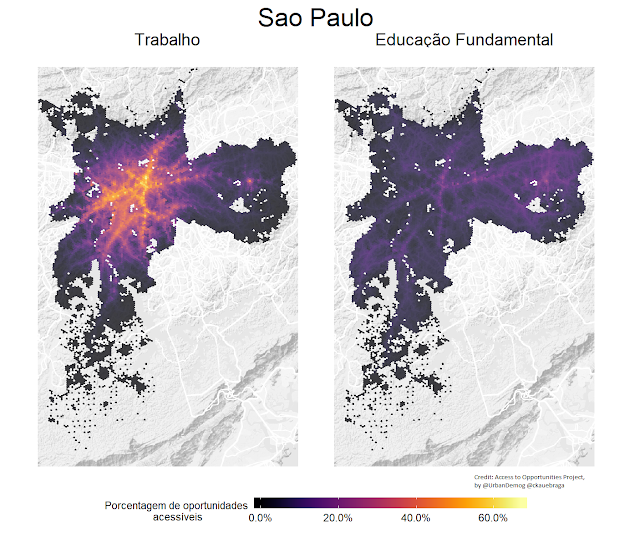I am very proud to share that my friend and colleague at Ipea Pedro Souza has been awarded the Prêmio Jabuti for his book 'A History of Inequality: the concentration of top incomes in Brazil between 1926-2013'. The Prêmio Jabuti (the "Tortoise Prize") is the most prestigious literary award in the country. The book is based on his PhD thesis, which has already received two national awards btw.
If you read Portuguese, you can buy Pedro's book here, or download his PhD thesis here. There is a paper in English summarizing some of the key findings of his research. I've also posted the English abstract of his thesis below.
Souza, Pedro H. G. F. de. “A desigualdade vista do topo : a concentração de renda entre os ricos no Brasil, 1926-2013”, 12 de setembro de 2016. https://repositorio.unb.br/handle/10482/22005.
This dissertation uses income tax tabulations to estimate top income shares over the long-run for Brazil. Between 1926 and 2013, the concentration of income at the top of the distribution combined stability and change, diverging from the European and American patterns in the 20th century. Contrary to benign industrialization and modernization theories, there was no overarching, long-term trend. Most of the time the income share of the top 1% of the adult population fluctuated within a 20%--25% range, even in recent years. Still, top income shares had temporary yet significant ups and downs which largely coincided with the country's most important political cycles. The top 1% income share increased during the Estado Novo and World War II, then declined in the early post-war years and even more so in the second half of the 1950s. The 1964 coup d'état reversed that trend and income inequality rose back to post-war levels after a few years of military rule. The 1970s were marked by instability, but top income shares surged again in the 1980s. The share of the 1% then decreased somewhat in the 1990s and perhaps the mid-2000s. There were no real changes since then. In addition, this dissertation analyzes the concentration of income among the rich, provides international comparisons of top income shares, and contrasts the income tax series with estimates from household surveys. The income tax series are also used to compute “corrected” Gini coefficients which take into account the underestimation of top incomes in household surveys. The major research questions are comparative and historically oriented, and I argue in favor of an institutional interpretation of the results. The motivation for and implications of this approach are presented in the more theoretical chapters that precede the empirical analysis. In these chapters, I engage with the history of ideas about inequality and social stratification and highlight the long and heterogeneous tradition of studies about the rich and the wealthy. My main argument is that the academic and political concern with distributional issues flourishes when inequality is conceived in binary or dichotomous terms.





